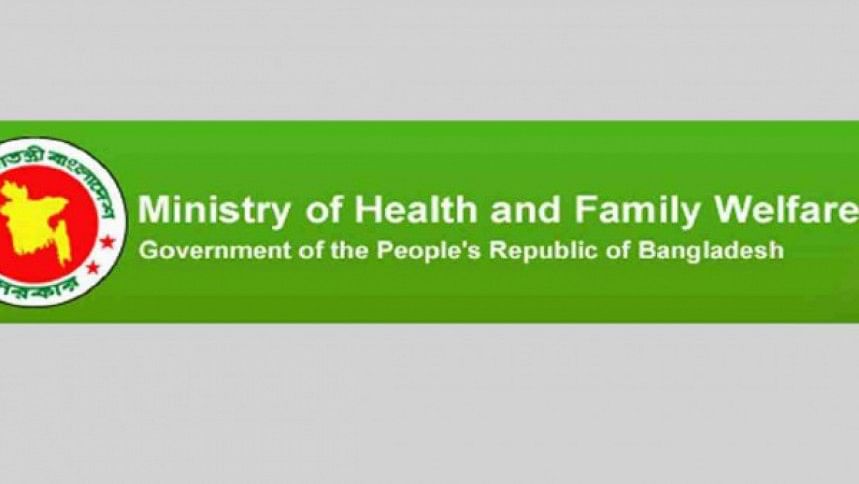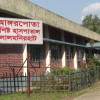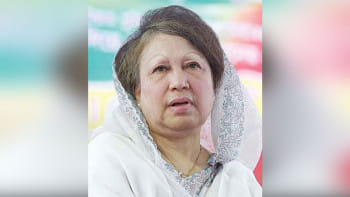9 Upazila health complexes: Expansion okayed without solving manpower crisis

The health authorities have moved to expand the capacity of nine upazila health complexes in as many districts to cope with the growing number of patients, without addressing the existing shortage of manpower at the facilities.
Early this month, the Health Services Division (HSD) approved raising the number of beds in eight complexes to 50 from 31 each, and up to 100 from 50 in the remaining one.
However, patients are unlikely to benefit anytime soon, as it will take at least two years to complete the process of recruiting additional manpower and procuring equipment at the nine facilities, officials said.
The facilities are already facing a manpower shortage, casting doubts on the implementation of the initiative to expand their capacity.
They are located in Indurkani of Pirojpur; Kawkhali in Rangamati; Ramu in Cox's Bazar; Balaganj in Sylhet; Baraigram in Natore; Shajahanpur in Bogura; Nikli in Kishoreganj; Nawabganj in Dinajpur; and Chowgachha Upazila Health Complex in Jashore.
Of the health complexes, the one in Chowgachha will be turned into a 100-bed facility.
The country now has 432 upazila health complexes that play a vital role in providing healthcare to hundreds of thousands of rural people. However, a long-standing shortage of health workers, including around 8,000 doctors, has been seriously affecting their services, forcing many to seek treatment at district and divisional hospitals.
In February last year, the government took up an initiative -- "Standard Set-Up for Manpower" -- to ensure smooth delivery of health services at public hospitals across the country.
According to the initiative, a 31-bed hospital should have at least 89 health workers, including 34 doctors and 25 nurses.
However, the initiative has not yet been implemented, said a DGHS official.
THE APPROVAL PROCESS
The HSD approved the expansion of the nine health facilities on September 4 and wrote to the director general of Directorate General of Health Services (DGHS) and civil surgeons of the nine districts, seeking proposals for manpower recruitment and purchase of furniture and equipment within 15 days.
Explaining the expansion process, a top DGHS official said that when a medical facility sees a rise in admissions or the occupancy rate, it usually applies to DGHS for increasing the number of beds.
Upon receiving the application via DGHS, the health ministry verifies information before giving approval, said the official seeking anonymity.
In reply to a query, the official said the duration of the approval process depends on the persuasion and efforts of officials at a given health facility.
Once the ministry approves the application, it seeks proposals from the facility over manpower recruitment and equipment purchase.
Another DGHS official said it usually takes around 60 weeks -- from submission of a proposal for equipment purchase to the installation of the devices at a facility.
The official noted that the process of recruiting manpower takes at least two years, as it involves several agencies. However, in the meantime, the health authorities can temporarily assign doctors to any facility to address manpower shortage.
MANPOWER CRISIS
All nine health complexes are operating with fewer doctors and nurses than the approved number of posts, according to upazila health and family welfare officers (UHFPO) in the nine upazilas.
At Nikli Upazila Health Complex, there are only four doctors against 17 sanctioned posts, Sajib Ghosh, UHFPO of Nikli, told this correspondent on September 8.
He further said the facility in the haor area has 24 nurses against 29 sanctioned posts. Around 500 outpatients receive treatment, while 45 to 50 patients are admitted to the health complex every day.
Replying to a question, Sajib said he wrote five times to the authorities over the past three years, seeking the facility's expansion.
In Jashore's Chowgachha Upazila, only 10 doctors are working against 32 sanctioned posts at the health complex there.
About 700 outpatients are treated and around a hundred inpatients are admitted to the facility daily, said Ahsanul Mizan Rumi, UHFPO of Chowgachha.
At Balaganj Upazila Health Complex, only six doctors and 11 nurses have to deal with 300 to 350 outpatients and around 50 inpatients daily, Happy Das, UHFPO of Balaganj told this newspaper.
A similar situation prevails in the other six health facilities.
Acknowledging the manpower crisis, Prof Sayedur Rahman, special assistant to the chief adviser for the health ministry, said, "It is true that some health facilities did not receive the required manpower even five years after the approval of their expansion."
"However, the manpower crisis is likely to ease within a year," he told The Daily Star on September 8.
The process of appointing 3,000 doctors is underway, and they are expected to join the service within two months, he said.
Sayedur further said the ministry has recommended recruiting 2,000 more doctors through a special BCS examination. Besides, around 3,800 doctors are expected to be recruited through three regular BCS examinations.
"We hope that the entire recruitment process will be completed within a year."
Asked whether any lobbying influenced the approval of facility expansions, he said such practices may have taken place during the past government's tenure, but not under the current administration.

 For all latest news, follow The Daily Star's Google News channel.
For all latest news, follow The Daily Star's Google News channel. 





Comments